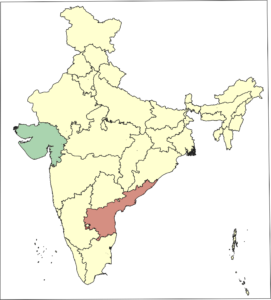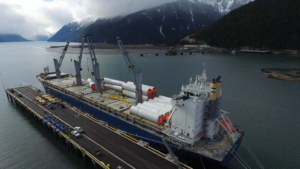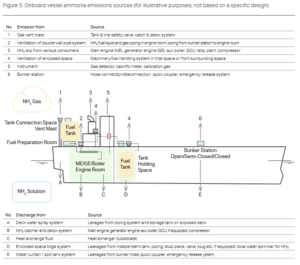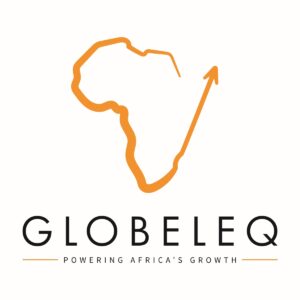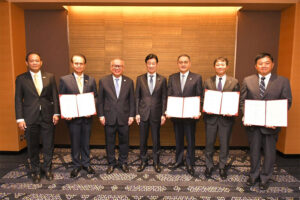UAE-based Ocior Energy will invest $4.86 billion each into two separate, million tonne-per-year renewable ammonia projects in India: one in Andhra Pradesh, the other in Gujarat. Last December, Ocior also signed an MoU to develop a green fuels project in the Suez Canal Economic Zone.
Content by Author
Retrofitting vessels for ammonia fuel: new technical study from Grieg Star
Grieg Star and a series of high-profile maritime consortium partners have assessed the full feasibility for retrofitting a Grieg Star L-Class vessel to run on ammonia fuel. The study concludes that technical & regulatory challenges will not be showstoppers in the transition. A combination of high investment costs, uncertainty over ammonia fuel availability & pricing and slow market development remain the biggest barriers, presenting significant risks for first movers.
Mitigating emissions risks from ammonia-powered vessels
Technology solutions to manage emissions from ammonia-powered internal combustion engines will be commercially available on a similar timeline to the engines themselves, a new report from the Mærsk Mc-Kinney Møller Center concludes. Although the authors are confident ammonia combustion emissions (including the potent greenhouse molecule N2O) will be successfully minimised, key gaps include a lack of industry-wide emissions thresholds and a poor understanding of the well-to-tank emissions of ammonia fuel, particularly CCS-based ammonia.
Vlissingen ammonia import hub progresses
Proton Ventures has been awarded a FEED contract to “re-convert” existing tanks to handle ammonia imports at Vesta Terminal’s site in Vlissingen. The future “Greenpoint Valley” hub will have a throughput capacity of at least one million tonnes per year of ammonia, jetty access for VLGCs, railcar loading, and potentially an onsite ammonia cracker. Also in the Netherlands, Battolyser Systems is leading a proposal for a native electrolyser manufacturing ecosystem in Rotterdam.
Establishing a renewable ammonia supply chain from Thailand
Mitsui OSK Lines, Mitsubishi, Chiyoda and the Electricity Generation Authority of Thailand will work together to build a clean hydrogen & ammonia value chain, with production based on renewable energy generation in southern Thailand. The MoU was signed on the sidelines of the official launch of the Asian Zero Emissions Community: a new region-wide initiative to drive the energy transition in Asia.

